Galaxy S10 vs. iPhone XS Preview: Which Phone Will Win?
The iPhone XS is a great phone, but Samsung's Galaxy S10 could beat it. Here's how the two flagships stack up based on rumors.
The war between Samsung and Apple is about to enter a new phase as Samsung readies the release of the Galaxy S10. This release doesn't just mark the 10th anniversary of the first Galaxy phone's launch; it also comes at a time when the entire smartphone industry is in a rut.
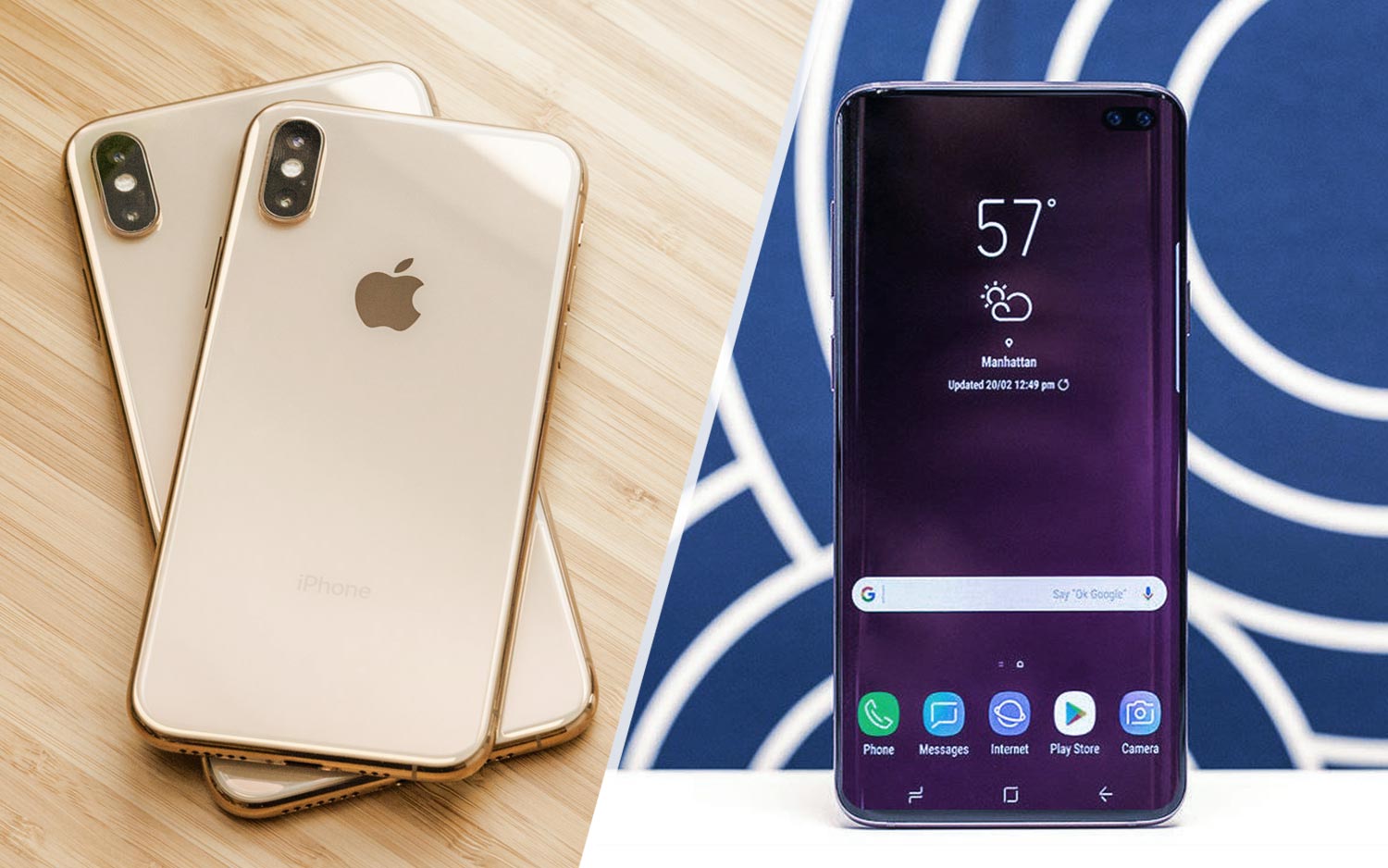
DJ Koh, Samsung's CEO of mobile, is promising to deliver "very significant" design changes and "meet the expectations of consumers." Samsung's new device also needs to meet or beat Apple's top handsets if it's going to earn the title of world's best phone.
Does the Galaxy S10 have what it takes? Based on rumors and reports, here's what we know so far about how it stacks up against the iPhone XS.
Design
It's notch versus punch hole. The iPhone XS and XS Max have essentially the same look and feel as the iPhone X, which means there's a notch at the top of the screen to accommodate the TrueDepth camera. This notch is distracting for sure, but it generally hasn't stopped shoppers from upgrading.
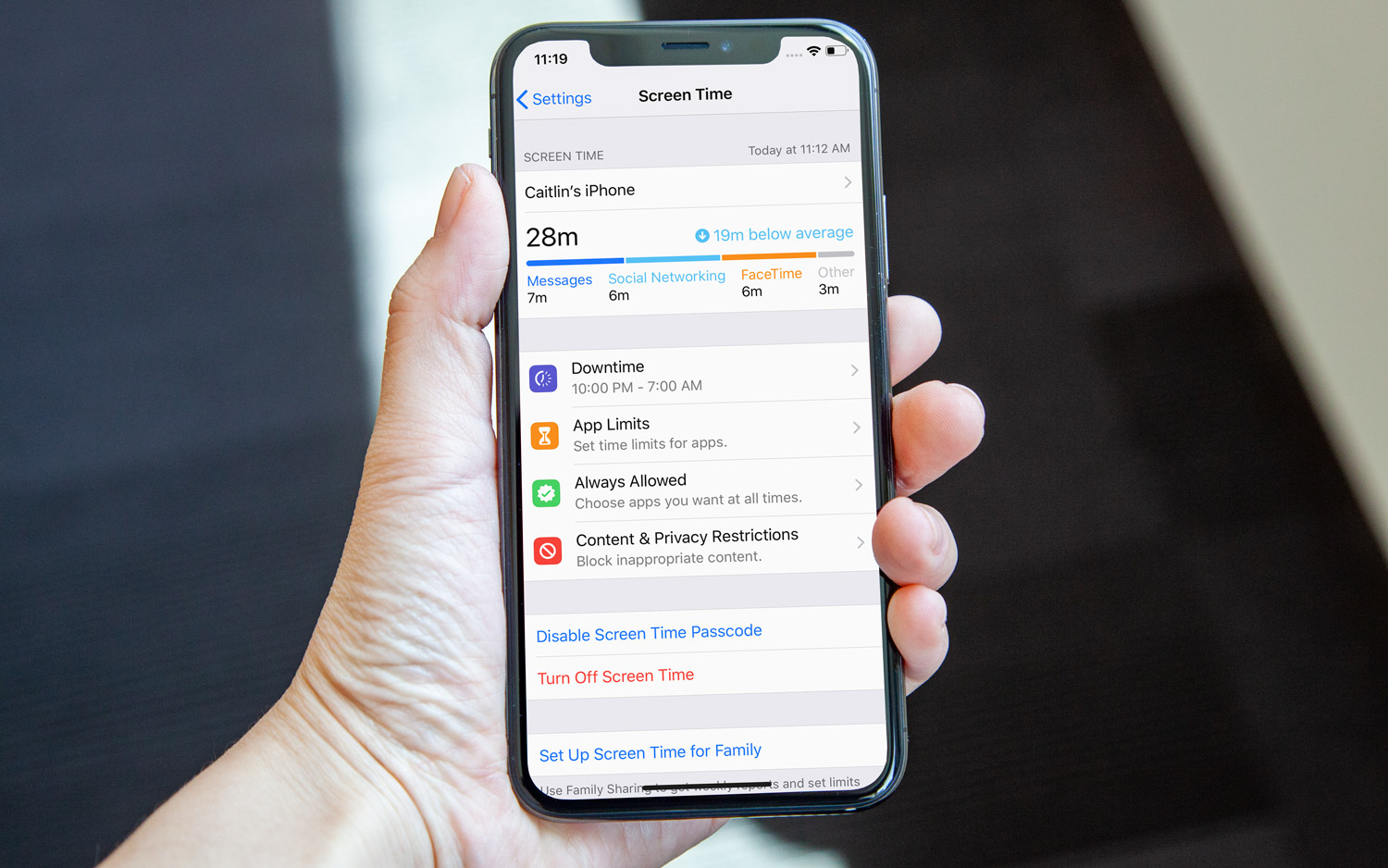
Otherwise, the iPhone XS is an attractive and durable handset, complete with a stainless-steel band and a glass body that withstood an 11-foot drop in our testing.
MORE: Galaxy S10 and S10+ Rumored Specs
The Galaxy S10 looks to deliver even slimmer bezels this time around using Samsung's new Infinity-O display. Instead of a notch, there's a punch hole for the front-facing camera, which will be positioned near the top right corner of the screen.
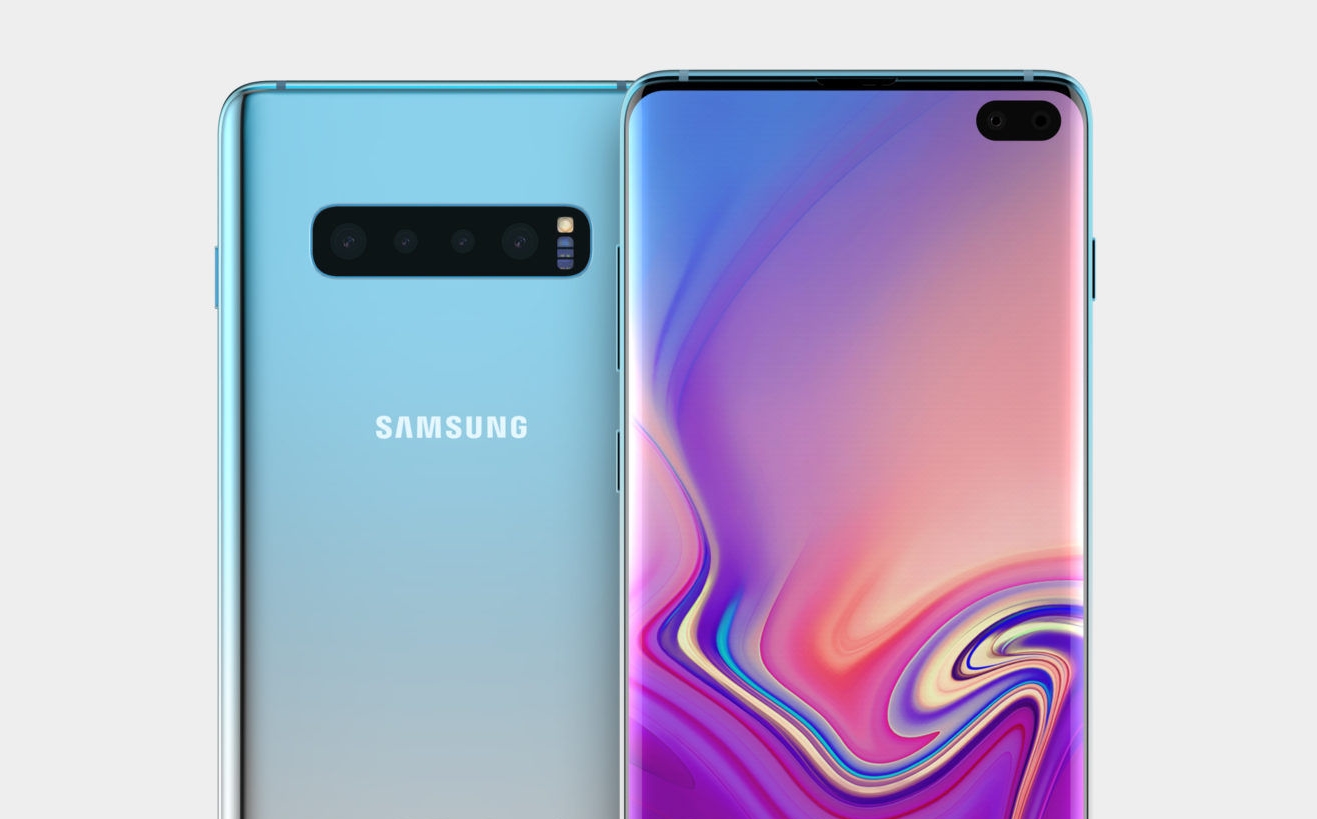
The punch hole for the S10 seems pretty subtle based on renders, but the double-wide hole for the dual front cameras on the S10+ looks like more of an eyesore.
Samsung is also expected to offer fun color options this time around, including black and white but also blue and green. The iPhone XS comes in silver, space gray and gold. Another perk for Samsung; the Galaxy S10 should have a 3.5mm headphone jack.
Display
The Galaxy S10 should deliver a bigger screen than the iPhone XS but in a similar-size package. The new Samsung is rumored to sport a 6.1-inch display, compared to 5.8 inches for the iPhone XS.
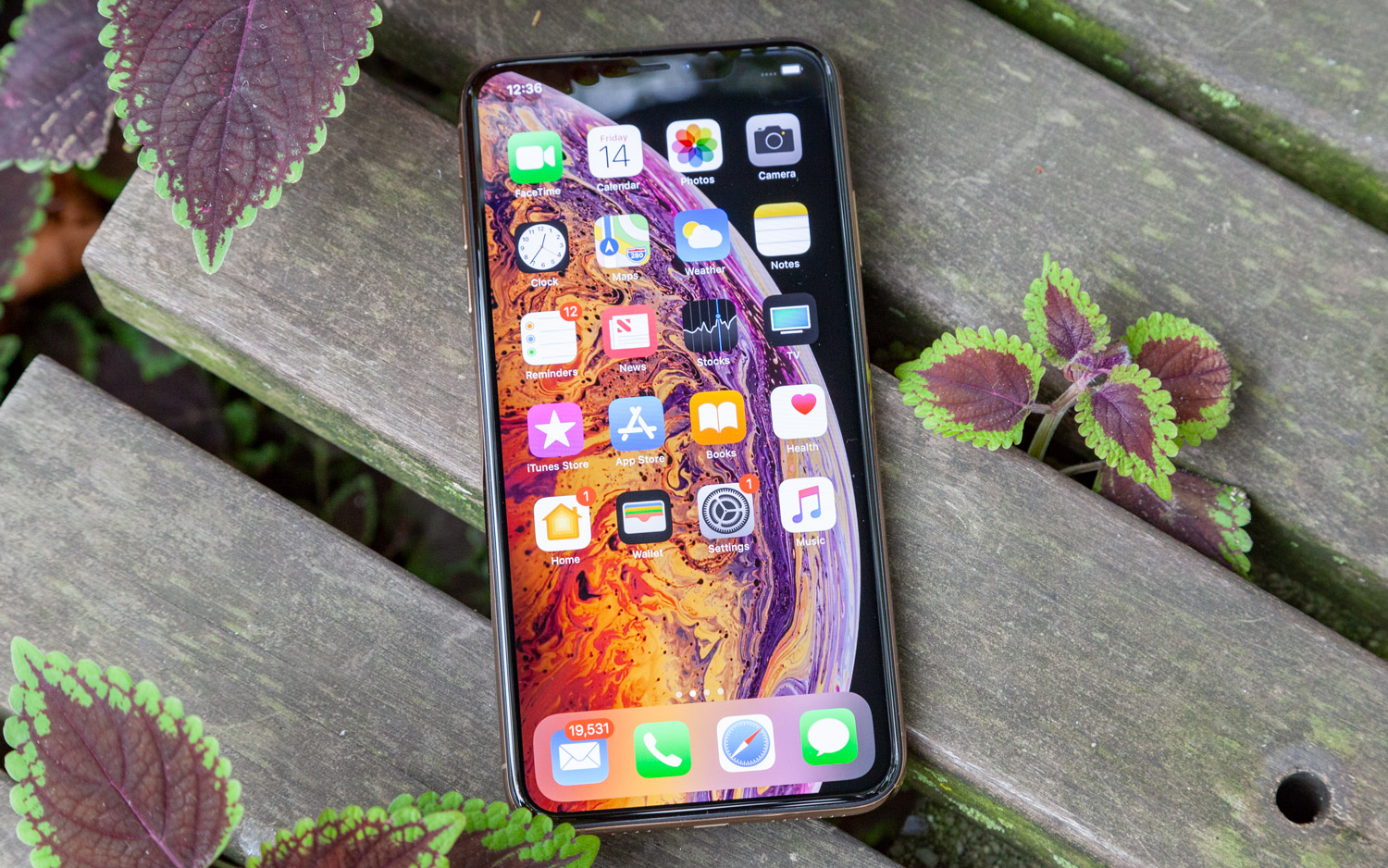
The iPhone XS Plus boasts a massive, 6.5-inch panel, while the Galaxy S10 is rumored to have a 6.4-inch screen.
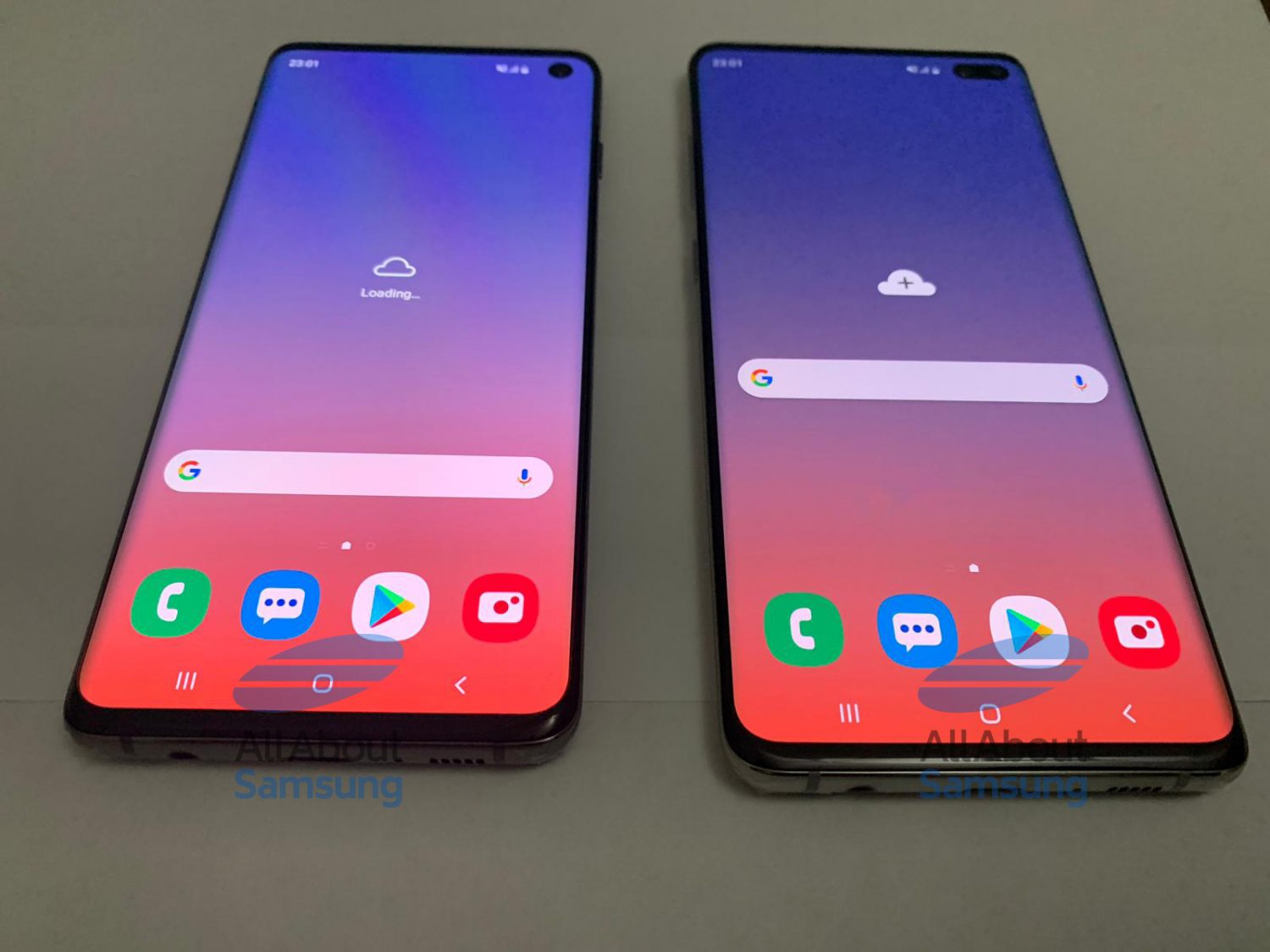
If the rumors prove true, the S10 and S10+ displays will both have a resolution of 2960 x 1440 pixels, which would beat the resolutions on the iPhone XS (2436 x 1125 pixels) and iPhone XS Max (2688 x 1242 pixels).
But sharpness is only one factor. We'll also be evaluating brightness, color gamut and accuracy in our lab tests. Apple's phones have extremely bright panels, as both surpassed 600 nits, while the S9 and S9+ hit 603 nits and 630 nits, respectively.
Security
Apple has set the standard for biometric security with Face ID. It's easy to use, very difficult to fool and faster to unlock in the iPhone XS versus the iPhone X.
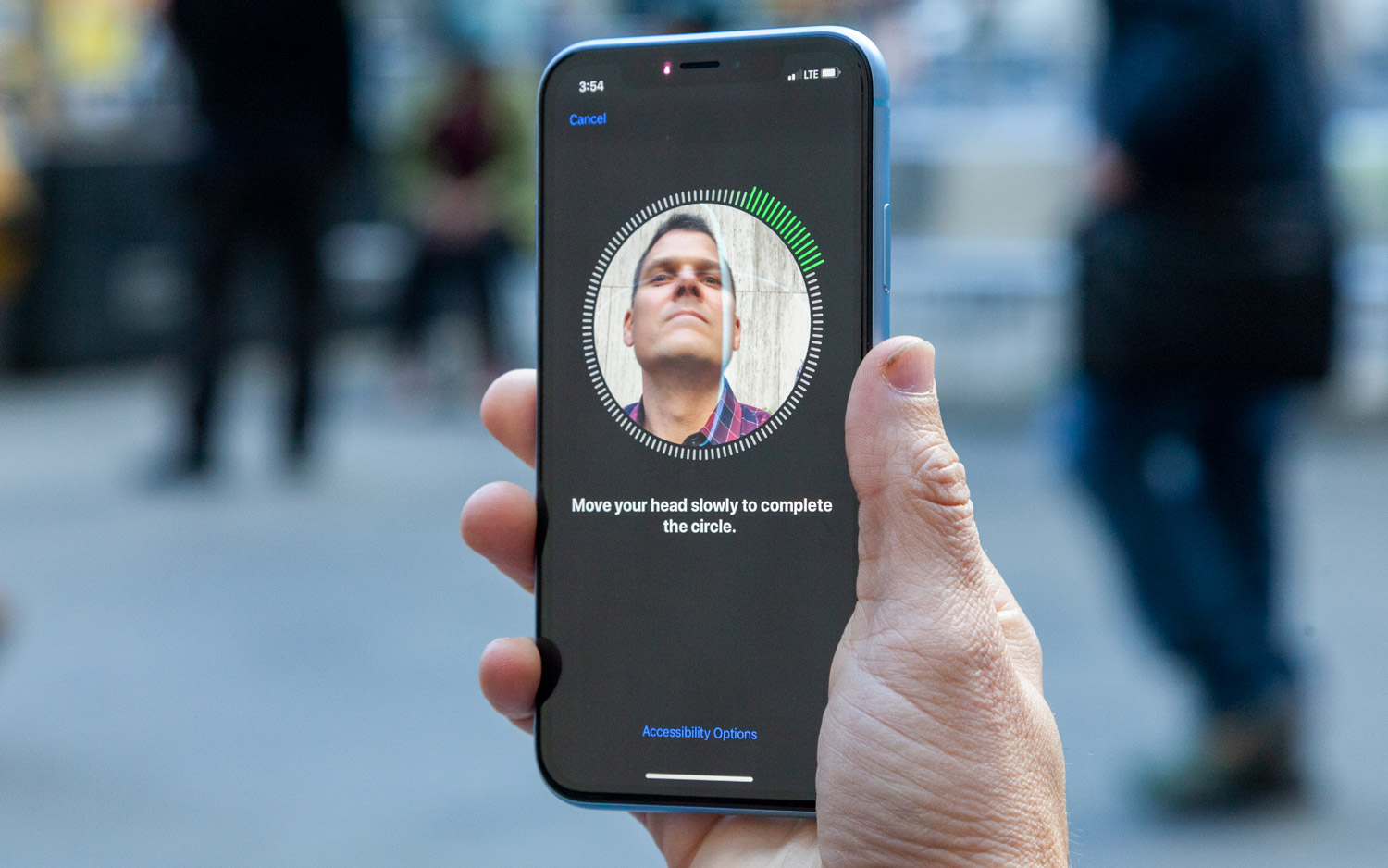
But Samsung should be fighting back with a fingerprint sensor underneath the display using Qualcomm's ultrasonic technology. Assuming it works well, you should be able to unlock your phone more quickly — and without looking at the device.
It's not clear how Samsung may evolve its face-scanning or iris-scanning technologies this time around.
Cameras
This is the area where Samsung needs the most help versus Apple, as well as the Pixel 3. The Galaxy S9 offered some neat tricks, like super-slow-mo video recording, but the still-image quality didn't quite measure up to what the iPhone XS produced — especially in low light. Plus, Samsung's cameras can sometimes blow out subjects in bright light.
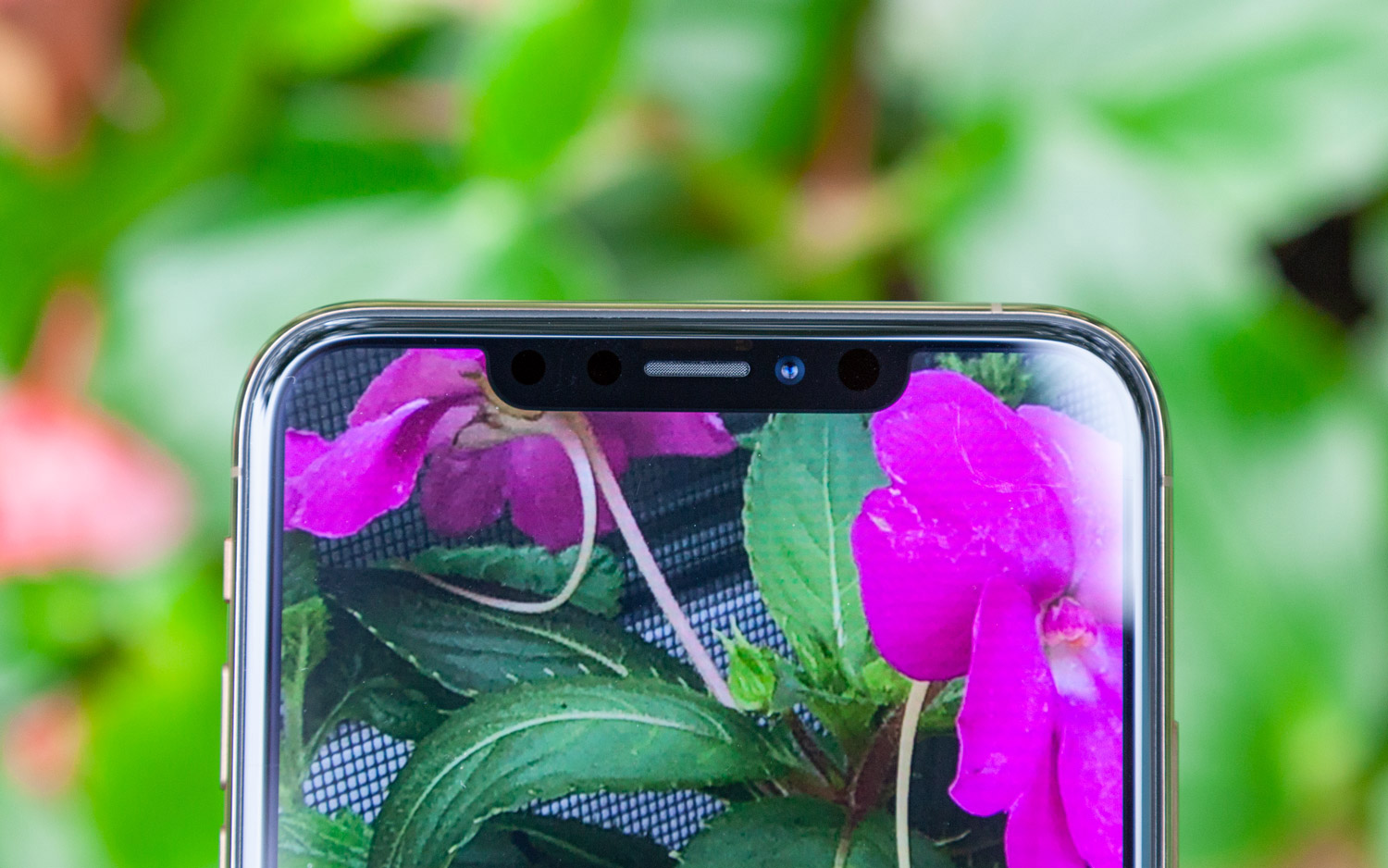
It looks like Samsung will up the ante in dim conditions with its rumored Bright Night feature, which could be similar to Google's great Night Sight mode on the Pixel 3. It's also likely that Samsung will build on its AI Scene Optimizer technology in the Galaxy Note 9 so the phone can better recognize subjects and automatically optimize the photo.
MORE: How the Galaxy S10's Camera Can Beat the Pixel 3
Meanwhile, the iPhone XS has been our second favorite shooter behind the Pixel 3. Its Smart HDR feature really does help bring more details in the shadows, and the enhanced bokeh effect and depth control really bring portraits and selfies to life.
Specs and Performance
The Galaxy S10 should be the first or one of the first phones with Qualcomm's new Snapdragon 855 processor, which promises a major speed boost along with several other enhancements. Early leaked benchmark results, such as for Geekbench 4, suggest that the S10 could narrow the gap with the iPhone XS.

Published by Slashleaks, one Geekbench 4 score shows the Galaxy S10 getting 10,256 points on the multicore portion of the test. That's better than any Android phone we've tested, but the score is still lower than the iPhone XS' 11,420.
In terms of other specs, though, the Galaxy S10 could surpass the iPhone XS. The S10+, for example, is rumored to pack as much as 12GB of RAM and have a 1-terabyte storage option. Based on the iFixit tear down, the iPhone XS has 4GB of RAM; the max amount of storage available is 512GB.
The Galaxy S10E, which is reportedly Samsung's answer to the lower-cost iPhone XR, should compare well to Apple's best-selling phone. One report on the S10E's specs says that the phone should have 6GB of RAM (compared to 3GB for the iPhone XR) and 128GB of storage (compared to 64GB for the iPhone XR).
Still, Apple should have the edge in sheer processing power.
Battery
Last time around, the Galaxy S9 and S9+ beat the iPhone XS and XS Max on battery life, and we don't expect that to change. On the Tom's Guide Battery Test, which involves continuous web surfing over 4G LTE, the iPhone XS lasted only 9 hours and 41 minutes, compared to 10:52 for the Galaxy S9.
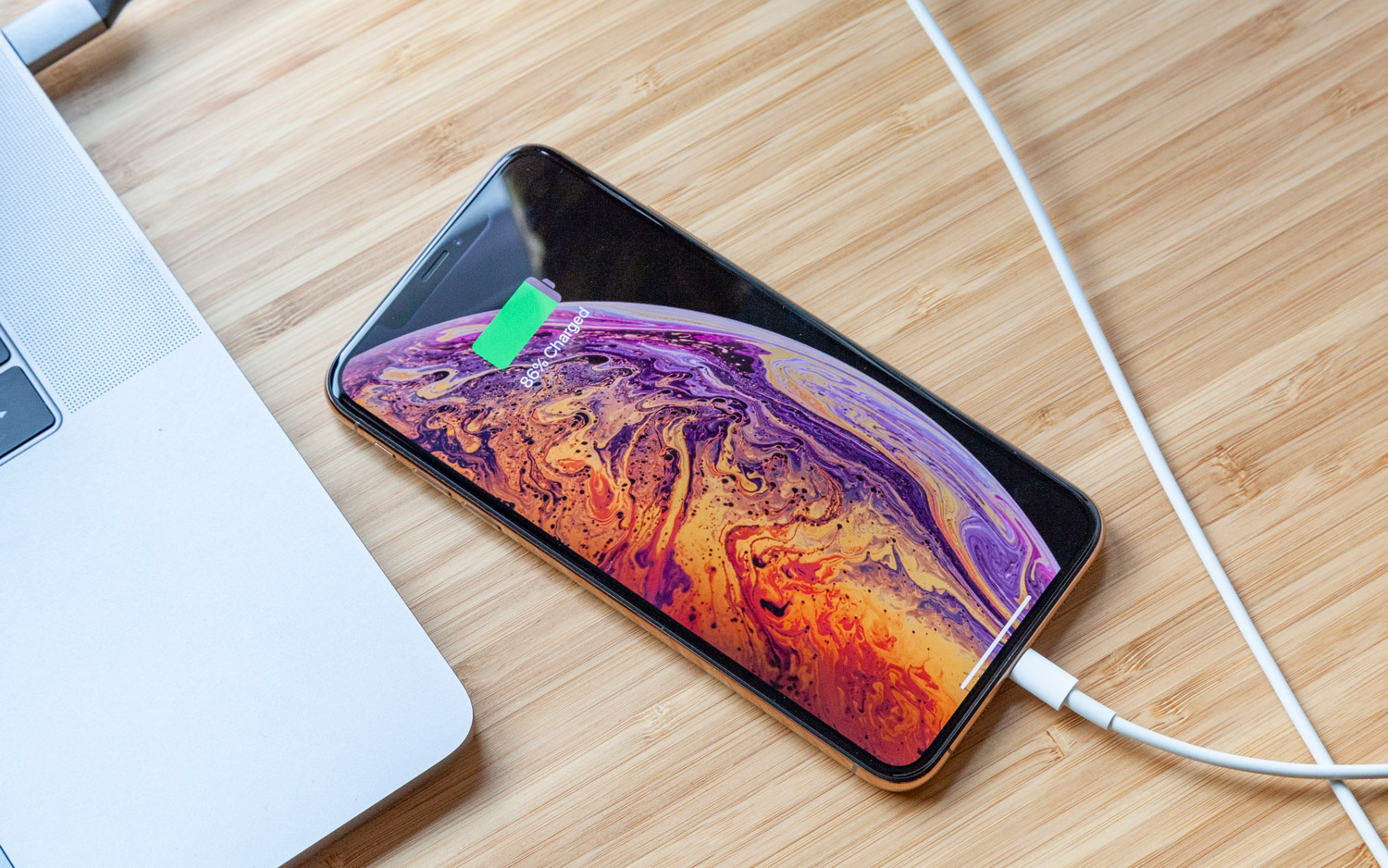
The iPhone XS Max fared better than the iPhone X, at 10 hours and 38 minutes of battery life, but the Galaxy S9+ still outlasted that number, at 10:59.
Based on rumors, the Galaxy S10 and S10+ should pack even bigger batteries, at 3,300 mAh and 4,000 mAh, respectively. The S9 and S9+ had smaller capacities, at 3,000 and 3,500 mAh.
Software and Special Features
Samsung has already tipped its hand on the software that will power the Galaxy S10. Called One UI, it will run on top of Android 9 Pie. One UI promises a more streamlined user experience than previous Samsung skins. Not only does it remove extraneous info, but One UI also puts more options at the bottom of the screen, which should make it easier to use the S10 and S10+ with one hand.
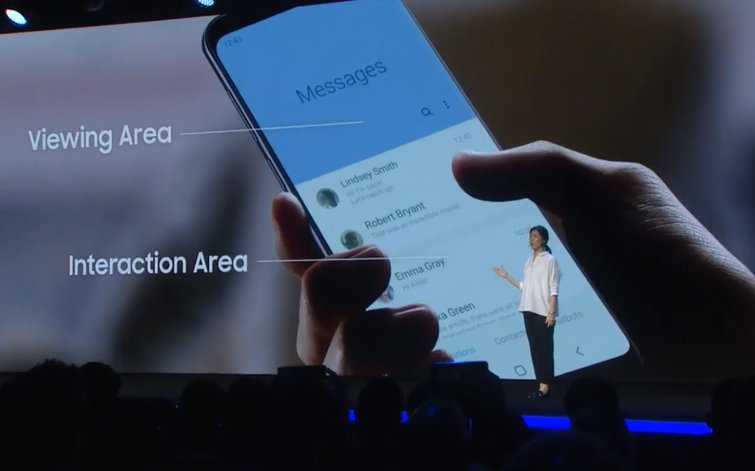
With iOS 12, Apple's software hasn't changed much visually, but it does offer welcome features, such as Digital Health and Screen Time, improved notifications, Memoji and Siri Shortcuts. Group FaceTime, however, has had some privacy issues and was temporarily disabled as a result.
Outlook
The Galaxy S10 should be a formidable competitor to the iPhone XS when the Samsung phone is released. And based on all of the rumored specs and features, the new Galaxy could surpass Apple's flagship in design and camera quality. However, we expect Apple to keep the lead in performance, app selection and ease of use.
If the ultrasonic fingerprint sensor works as promised on the S10, Apple's Face ID could take a hit, but we'll have to test it to find out. Same thing goes for the software; Samsung's skins have been too gimmicky and dense in the past, so the One UI makeover is welcome.
If we had to make a prediction right now, we'd say the S10 could become not just the best Android phone around but the best phone period. So stay tuned for our full review and update to this face-off.
Credit: Tom's Guide
Sign up to get the BEST of Tom's Guide direct to your inbox.
Get instant access to breaking news, the hottest reviews, great deals and helpful tips.
Mark Spoonauer is the global editor in chief of Tom's Guide and has covered technology for over 20 years. In addition to overseeing the direction of Tom's Guide, Mark specializes in covering all things mobile, having reviewed dozens of smartphones and other gadgets. He has spoken at key industry events and appears regularly on TV to discuss the latest trends, including Cheddar, Fox Business and other outlets. Mark was previously editor in chief of Laptop Mag, and his work has appeared in Wired, Popular Science and Inc. Follow him on Twitter at @mspoonauer.
-
Colif If only it was a choice of just hardware, then I would be interested. But they both use different operating systems and the way the interface supports customisation (Or not) is one of the main differences. The Apple likely still has faster processor, but Galaxy phones have so many other features that the processor isn't what gets them awards.Reply
Phones are so fast now the differences between generations isn't that big. My Galaxy S7 Edge still feels fast now, but then I don't play games on it, I use it more as an mp3 player
the only people who care which wins are fan boys who want to know they made right choice. In 6 months time it will be Which is better, S10 or Apple XI ( or whatever next one is called). The war never ends, even while the 2 companies buy/sell parts to each other.

